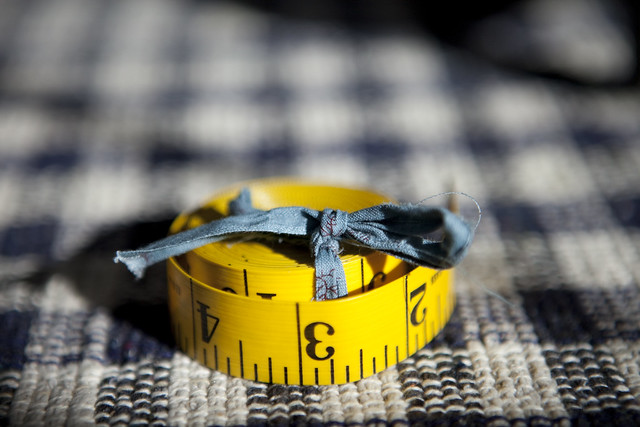Writing Instruction
 measure flickr photo by rebecca anne shared under a Creative Commons (BY-NC-ND) license
measure flickr photo by rebecca anne shared under a Creative Commons (BY-NC-ND) license
What counts as learning,who counts it and how? Can we truly measure what a student knows? How do we use assessment to guide instruction? And what the heck is a rubric anyways?
In EDU 305 we covered many of the diagnostic reading assessments: phonemic awareness, Concepts About Print, fluency, and running records. We can measure decoding skills well. When it comes to comprehension, vocabulary, and writing things get messier quickly. What is an A writer and a B writer? Whose vocabulary? Are you measuring comprehension or writing with that essay test?
The Readings
Giving Feedback: Preparing Students for Peer Review and Self-Evaluation
Philippakos, Z. A. (2017). Giving Feedback: Preparing Students for Peer Review and Self-Evaluation. Reading Teacher, 71(1), 13–22. Reading Link
Checking for Understanding Digitally During Content Area Learning
Fisher, D., & Frey, N. (2015). Reading Teacher, 69(3), 281–286. Reading Link
Assessment in RTI
Wixson, K. K., & Valencia, S. W. (2011). Assessment in RTI: What Teachers and Specialists Need to Know. Reading Teacher, 64(6), 466–469. Reading Link
The Tasks
Read
Complete the readings.
Identify multiple ideas you want to bring back to the classroom.
Write
How do we measure knowledge growth in the literacies classroom?
Participate
Get together with 1-3 other students. Develop a rubric for what you think makes a great acasdemic blog post. You can use an holistic or a criterion based rubric. Then go back to each other's writing task for this module and provide feedback to each other as blog comments or reply posts.
Criteria
- Create a measurement tool to evaluate the quality of academic blogging
- Use a mix of qulaitative and quantitative data
- Provide actionable feedback that can lead to growth
Evidence
- Feedback written to peers
- identified assessment strategies in blog posts